Oleh: Anthon Jason | Republikasi dari ICRS
The Indonesian government’s 2024 decision to grant mining concessions to religious organizations, through Regulation 25/2024, provokes a fundamental tension: when faith-based groups like PBNU and Muhammadiyah oversee resource extraction, the priorities of congregation, organization, and nature become entangled. This policy forces a critical reckoning with the intersection of spiritual authority and extractive industry.
This article is based on a presentation at the Wednesday Forum organized by the Center for Religious and Cross-cultural Studies (CRCS) and the Indonesian Consortium for Religious Studies (ICRS) UGM on September 17, 2025. The theme of the forum that day was “Religion and Mining: A Discursive Study of PBNU and PP Muhammadiyah,” presented by F. Zahra, a 2023 CRCS alumnus. Using the Critical Discourse Analysis (CDA) approach developed by Norman Fairclough, she examined how language was used to frame, justify, and normalize the involvement of the two organizations in resource extraction practices. This study not only looked at the content of the statements but also analyzed the layers of meaning and socio-political motives behind them.
Policy Context and Research Questions
Government policies that allow religious organizations to manage mines depart from the spirit of “economic equity” and “people’s independence.” It is within that framework that PBNU and Muhammadiyah received mining permits. However, in practice, discourse shows more complex dynamics. Zahra highlighted three main points: how this organization describes the human-nature relationship; the basic motivation for obtaining a permit; and how the legitimacy of the decision is built.
The CDA’s approach views each text as a “social event.” This means that word choice, sentence structure, and way of speaking do not stand alone, but reflect power relations and broader social conditions. In this context, the reading of the two main texts—the PBNU press conference (June 6, 2024) and the national consolidation of the Muhammadiyah Central Executive (July 27-28, 2024)—is a way to understand how religion and capital both work in language.
Mining Concessions as a Social Narrative
The narrative begins, not as a static statement but as an evolving story marked by urgency and uncertainty. PBNU leaders speak with gratitude for the opportunity, for the policy, and for the promise that extracted resources can fund Islamic boarding schools and community initiatives. The numbers paint a picture of struggle: overcrowded dormitories, crumbling infrastructure, and the hope that mining revenues can offer relief. The word “wealth” persists in their narrative, often trumping “nature” itself, as if to argue that a wealthier community is a more righteous one.
Muhammadiyah’s response has been increasingly measured, reflecting ongoing internal deliberations. Their discourse revolves around social work, preaching, and justice—elevating mining not only as a source of profit, but as a means to channel benefits to the wider community. Leaders anchor their reasoning in constitutional principles and references to the Qur’an, promising that all mining activities will be “ethical, responsible, and inclusive.” They envision a model in which profits will fund schools, hospitals, and environmental restoration. However, in the background, concerns remain; the Muhammadiyah Law and Human Rights Council advises caution, urging careful study of the risks before embracing extraction.
Representation of Man and Nature
The analysis shows that both PBNU and Muhammadiyah adopt an anthropocentric view of nature. Nature is seen as something that must be “managed” and “utilized” for human welfare. In PBNU’s discourse, the term “natural wealth” appears repeatedly, much more often than the word “nature” itself. This frequency is not neutral; It reflects an emphasis on economic value rather than ecological value. Nature is constructed mainly as a resource that needs to be extracted so that the prosperity of the people can be realized.
On the other hand, Muhammadiyah uses terms such as “resource management” and “mining business” which are linked to social and da’wah goals. Although the term “eco-friendly” is repeatedly mentioned, the position of humans remains dominant as controllers and developers. Linguistically, the term “environment” is often placed at the end of a sentence, indicating that the issue is not a top priority over human development. An examination of these two models reveals that, despite the presence of environmental rhetoric, both employ the concept of “stewardship.” This notion posits that humans are entrusted with the responsibility of regulating nature. However, in practice, nature is often viewed as a mere instrument of development.
Motivation and Justification Logic
PBNU bases the legitimacy of accepting mining permits on economic needs. The narrative presented by its leaders stems from the reality of financial disparities: crowded Islamic boarding schools, inadequate infrastructure, and the organisation’s operational funding needs. In its discourse, the government is positioned as the provider of “affirmative policies” to help the people. Thus, when the opportunity arose, PBNU “seized the opportunity” on the grounds that the community’s needs could not wait. This kind of framing illustrates a relationship of dependence on the state, in which religious organisations become beneficiaries of development policies.
Conversely, Muhammadiyah emphasises a more cautious decision-making process. Through internal reviews and organisational legal instruments such as its statutes and articles of association, Muhammadiyah strives to present itself as a rational and socially oriented institution. They cite Article 33 of the 1945 Constitution to provide a constitutional basis for their involvement in mining management. However, although their discourse sounds more normative and rational, the underlying logic remains the same: that involvement in mining is an effort to expand the social role and development of the community.
Framing the Relationship Between People, the State, and the Market
PBNU and Muhammadiyah react to state policies, positioning themselves as agents of national development through mining. This shift complicates their moral authority: their language of legitimacy increasingly centers on law, economics, and policy, reducing spiritual values to secondary roles, and transforming religion into a tool for economic justification rather than ethical critique.
Zahra calls this dynamic religious neoliberal extractivism: a situation in which the actions of religious organizations are driven by spiritual motives but run through neoliberal calculative logic. Within this framework, nature management becomes an economic practice that is packaged with a narrative of moral responsibility.
Social Consequences and Internal Tensions
This change in discursive position has implications for the relationship between the organization’s elite and its grassroots members. Policies and justifications produced at the central level are often not in line with the views of members at the grassroots level. A number of movements, such as FNKSDA among young NU members, or Aisyiyah among Muhammadiyah members, have shown a critical attitude towards the direction of their leaders’ policies. This tension indicates a polarization: organizational structures are increasingly aligned with the logic of the state and the market, while the grassroots and activists are trying to uphold ecological values and social justice.
This phenomenon explains why the discourse of “greening religion” tends to weaken. The discourse is still alive, but it has shifted from the institutional level to the personal level. In official texts, responsibility for nature is emphasized as an individual moral obligation—not as a structural commitment of organizations. As a result, the potential of religion as a collective force to drive ecological change becomes limited.
Critical Analysis and Reflection
Causally, the organizational response to mining policy can be interpreted as a consequence of several factors: first, economic pressures and institutional financing needs; second, political opportunities through state affirmative policies; and third, a development paradigm that still prioritizes economic growth over ecological balance. From the interaction of these three factors, new languages of legitimacy have emerged that operate simultaneously: moral, legal, and economic.
However, the end result reveals a paradox. As religious institutions strive to maintain their relevance amid national development, they risk losing their ethical position as guardians of values. By entering the mining sector, religious organizations are forced to negotiate with the logic of profit and efficiency that has long been characteristic of extractive capitalism.
Conclusion
This study shows that the acceptance of mining permits by PBNU and Muhammadiyah is not merely an administrative decision, but rather a discursive event that marks a shift in religious identity in the context of national development. Through an analysis of language and social context, it can be seen that the justifications of both organizations combine spiritual, social, and economic interests within a single pragmatic framework.
Although both emphasize the goal of public welfare, the approaches taken are still oriented towards people and the economy, rather than ecological sustainability. It is in this context that the discourse on “green religion” faces serious challenges. To maintain moral credibility in the future, religious institutions need to develop policies that are more transparent, participatory, and long-term oriented towards environmental sustainability.
Zahra also links her findings to broader critical theories, suggesting that these organisations’ portrayal of mining for ‘development’ can be interpreted through the lens of capitalism and colonialism, in line with Sylvia Winter’s analysis of similar dynamics in Latin America. This raises a profound question: is religion still a powerful motivator for environmentalism, or has its influence been absorbed by other priorities?
The discussion further explains that this issue is not a simple dualism in which the grassroots are always “good” and elites are always “bad”. Zahra explains that narratives can be hybrid, overlapping, and even contradictory in both grassroots and institutional contexts. For example, her research observed different voices within NU online, with some posts supporting pro-environment sentiments while others affirmed the decisions of the organisational structure. Similarly, voices of resistance within Muhammadiyah were found not only among grassroots members but also within official bodies such as Aisha, the organisation’s women’s wing. The complex interaction of these narratives highlights the dynamic nature of discursive struggles within religious organisations.
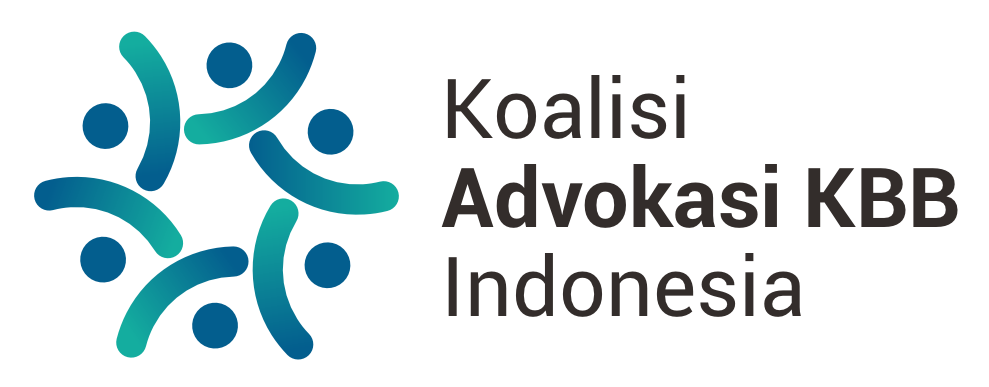
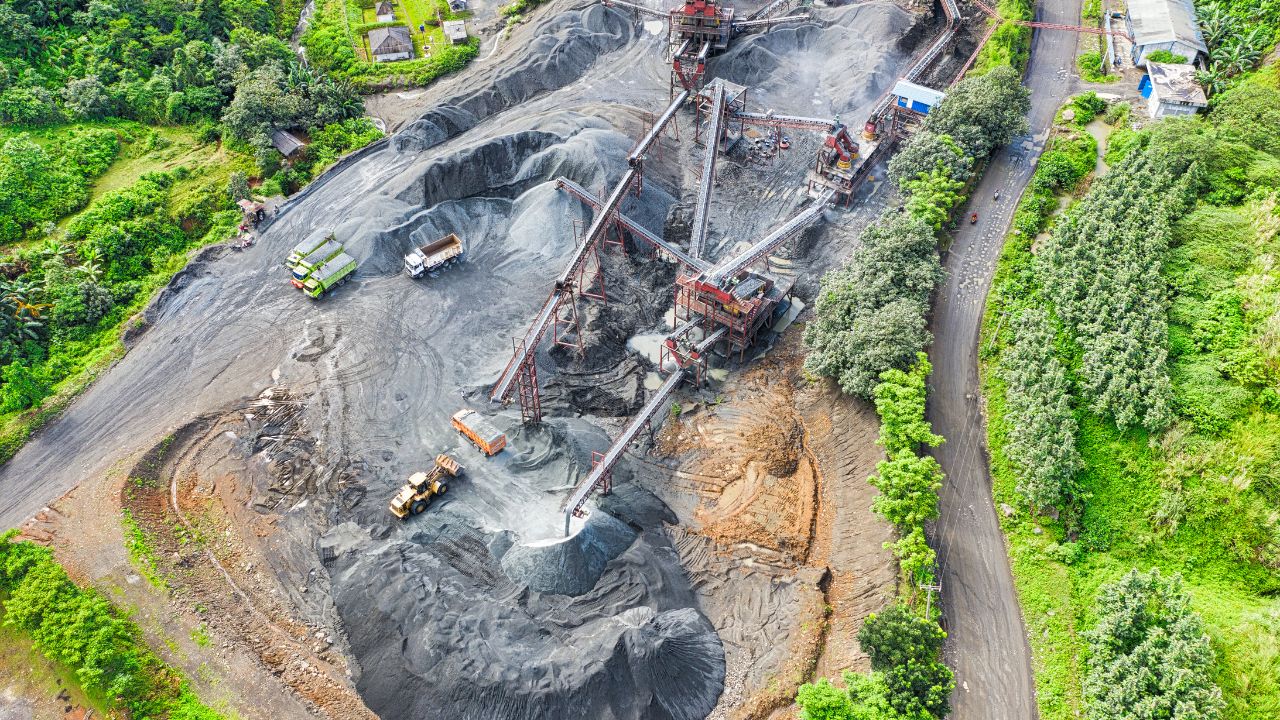

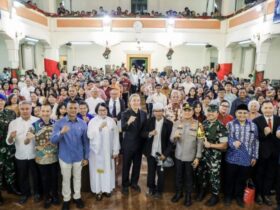
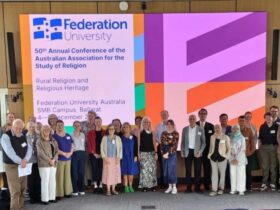
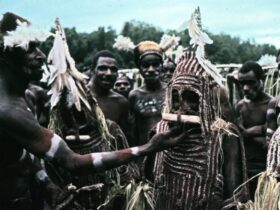
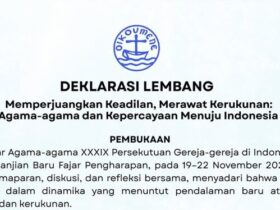

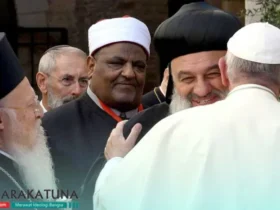
Leave a Reply